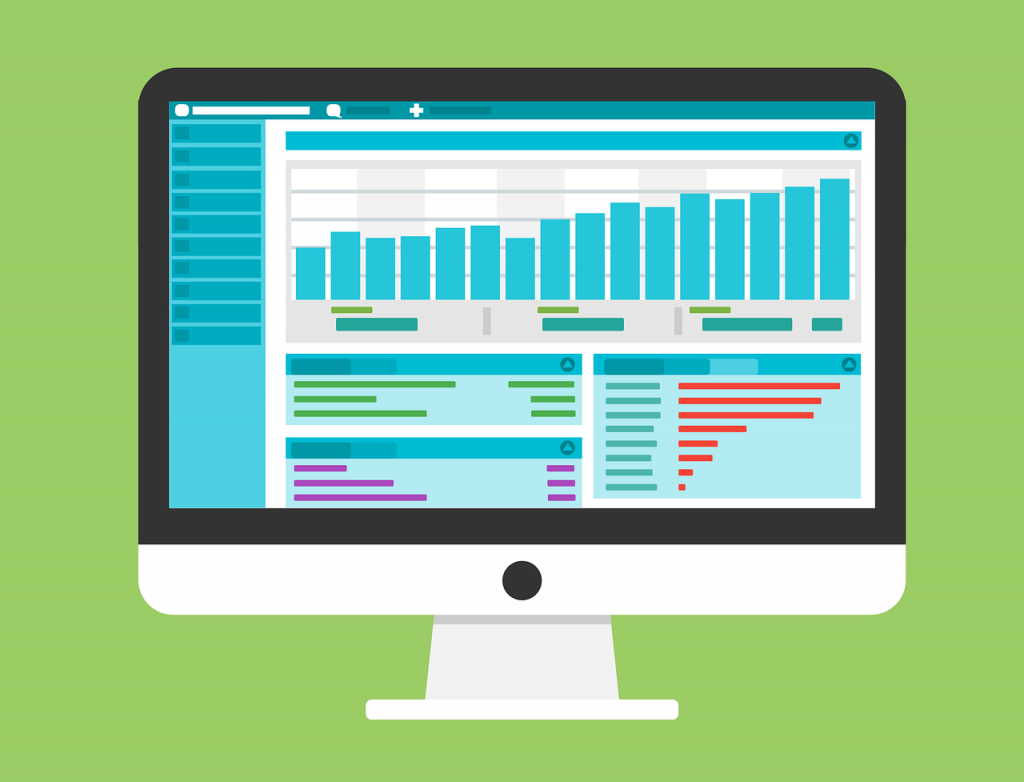
Everyone knows that a slow website can cause lost viewership and lost income opportunities. Load times depend on several factors. Here are some suggestions on what you can do to boost your site’s performance:
Measure your site-
Do you know your site’s speed? Does it vary at different times of the day or different days of the week? Do certain areas load faster than others? Take the time to analyze your site’s statistics and set realistic benchmarks for improvement.
Optimize your images-
Images take time to load. For the average user without a premium Internet connection, fewer images mean a faster load time. But size also matters. If your website isn’t loading as quickly as you want, you should consider optimizing your images either by making them smaller, removing them, or adjusting their formatting.
Begin by removing any extra images. Many pictures or graphics on a website don’t actually help the user find the information they are looking for. By thinking like a new visitor, you can learn which images you can cut without compromising your site’s quality.
Another option is compressing your images (although this only works with JPEG files). In most cases, you can compress your image files to 70% without an obvious drop in visual quality. Just remember that unlike PNG files, JPEG files will lose quality every time you compress them.
There is a rule about website images: the larger and more complex an image, the larger its file size and loading time. A website that uses a background made from a complex picture will load slower than one that uses a simple graphic or illustration. Asking yourself what images you can simplify is another easy method you can use to improve your website’s load times.
Find a good web host-
Hosting providers are not all the same. In fact, your website’s performance may change considerably depending on which one you use and where the provider’s datacenter is located. Experts recommend avoiding some of the popular, cheap web hosting services since they often use outdated technology, or overload their servers with too many clients. These issues often result in slow load times for their customers, especially during peak times of the day and week.
There are many web hosts to choose from, and learning about customer experiences is a great way to find out which service would work best for your needs. Make sure, though, to understand your website’s specifications so you can find the most helpful information.
Manage RTT-
RTT stands for round-trip time and is a summary of all the requests that activate when a visitor loads your site. Many people believe that large files will slow a site’s RTT, but this isn’t true. It is the number of assets, like image or JavaScript files, that impact your site’s RTT, not their size. This is why trimming requests is one of the first things you should do to speed up a slow website.
Turn off useless plugins-
Many websites still load unused plugins. Reviewing and removing them on a set schedule is a great way to optimize your site’s performance without compromising the user experience.
A slow website can be a frustrating experience for your viewers, and a costly experience for you. Don’t settle for slow site performance! Be sure to try my suggestions or speak with a web development and hosting professional for further assistance.